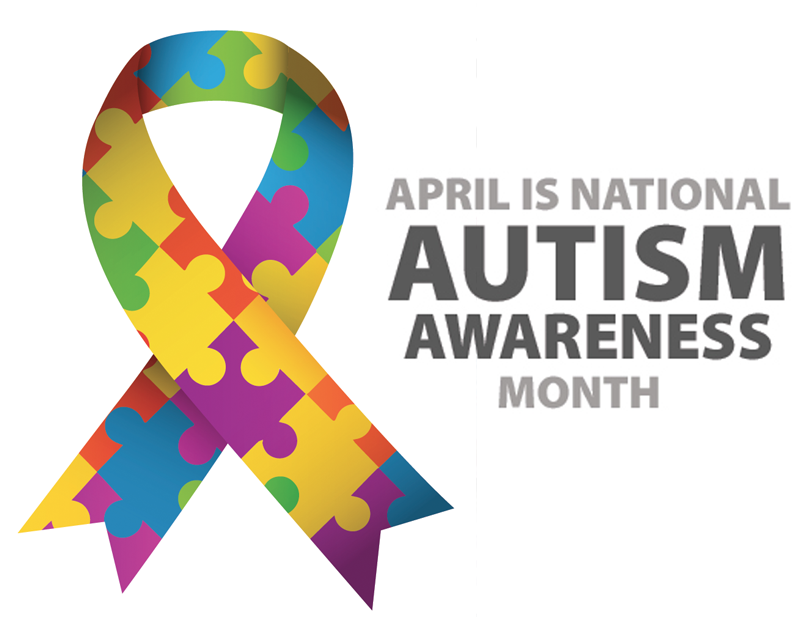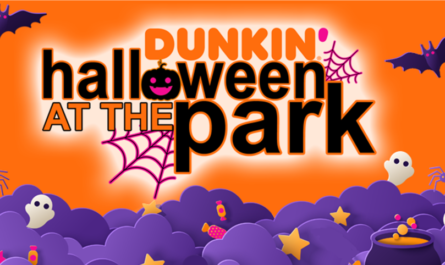What is Autism?
Autism, or autism spectrum disorder (ASD), refers to a broad range of conditions characterized by challenges with social skills, repetitive behaviors, speech, and non-verbal communication. According to the CDC, autism affects 1 in 44 children in the US today.
There isn’t one type of autism but many sub-types, most influenced by a combination of genetic and environmental factors. Because autism is a spectrum disorder, each person with autism has a distinct set of strengths and challenges. The ways people with autism can learn, think, and problem-solve can range from highly skilled to severely challenged. Some people with ASD may require significant support in their daily lives, while others may need less support and, in some cases, live entirely independently.
Several factors may influence the development of autism, and it’s often accompanied by sensory sensitivities and medical issues such as gastrointestinal (GI) disorders, seizures, or sleep disorders, as well as mental health challenges such as anxiety, depression, and attention issues.
Signs of autism usually appear by age 2 or 3. Some associated development delays can appear even earlier, and often, it can be diagnosed as early as 18 months. Research shows that early intervention leads to positive outcomes later in life for people with autism.
In 2013, the American Psychiatric Association merged 4 distinct autism diagnoses into 1 umbrella diagnosis of ASD. They included autistic disorder, child disintegrative disorder, pervasive development disorder- not otherwise specified (PDD-NOS), and Asperger’s Syndrome.
The core symptoms of ASD are:
- Social communication changes
- Restricted, repetitive behaviors
Symptoms may:
- Begin in early childhood (though they may go unrecognized)
- Persistent
- Interfere with daily living
Social communication challenges:
Children and adults with ASD have difficulty with verbal and non-verbal communication. For example, they may not understand or appropriately use:
- Spoken language (around 1/3 of people are non-verbal)
- Gestures
- Eye contact
- Facial expressions
- Tone of voice
- Expressions not meant to be taken literally
Additional social challenges can include difficulty with:
- Recognizing emotions and intentions in others
- Recognizing one’s own emotions
- Expressing emotions
- Seeking emotional comfort from others
- Feeling overwhelmed in social situations
- Taking turns in conversation
- Gauging personal space (appropriate distance between people)
Restricted and Repetitive Behaviors:
Restricted and repetitive behaviors vary greatly across the spectrum. They can include:
- Repetitive body movements (e.g., rocking, flapping, spinning, running back and forth)
- Repetitive motions with objects (e.g., spinning wheels, shaking sticks, flipping levers)
- Staring at lights or spinning objects
- Ritualistic behaviors (e.g., lining up objects, repeatedly touching objects in a set order)
- Narrow or extreme interests in specific topics
- Need for unvarying routine or resistance to change (e.g., same daily schedule, meal menu, clothes, route to school)
Genetic Risk Factors:
Research found that ASD tends to run in families. Changes in certain genes increase the risk that a child will develop ASD. If a parent carries one or more of these changes, they may pass to the child, even if the parent doesn’t have ASD. Other times, these changes arise spontaneously in an early embryo, or the sperm and/or egg that combine to create the embryo. Again, the majority of these changes don’t cause ASD themselves, but they simply increase the risk for the disorder.
Environmental Risk Factors:
Research found that certain environmental influences may increase or reduce ASD risk in people who are genetically predisposed to the disorder. Importantly, the increase or decrease in the risk appears to be small for any one of these risk factors:
Increased Risk:
- Advanced parent age (either parent)
- Pregnancy and birth complications (e.g., extreme prematurity [before 26 weeks], low birth weight, multiple pregnancies [twin, triplet, etc.])
- Pregnancies spaced less than 1 year apart
Decreased Risk:
- Prenatal vitamins, containing folic acid, before and at conception and through pregnancy
No Effects on the Risk:
- Vaccines. Each family has a unique experience with an ASD diagnosis, and for some it corresponds with the timing of their child’s vaccinations. At the same time, scientists have conducted extensive research over the last two decades to determine whether there’s any link between vaccines and ASD. The results are clear: Vaccines don’t cause autism.
Difference Between ASD and Asperger’s Syndrome:
Asperger’s Syndrome is distinguished from other ASDs by the person having typical to strong verbal language skills and intellectual ability.
Asperger’s generally involves:
- Difficulty with social interactions
- Restricted interests
- Desire for sameness
- Distinctive strengths
Strengths CAN include:
- Remarkable focus and persistence
- Aptitude for recognizing patterns
- Attention to detail
Challenges CAN include:
- Hypersensitivities (to lights, sounds, tastes, etc.)
- Difficulty with the give and take of conversation
- Difficulty with non-verbal conversation skills (distance, loudness, tone, etc.)
- Uncoordinated movements, clumsiness
- Anxiety and depression
To learn more about ASD and how to get help, visit www.autismspeaks.org


 by
by 

